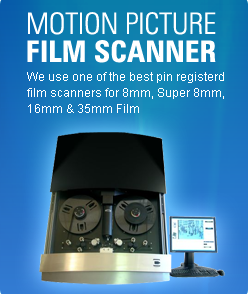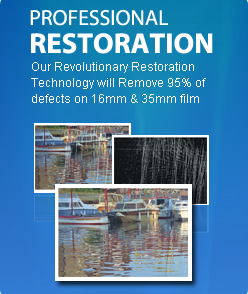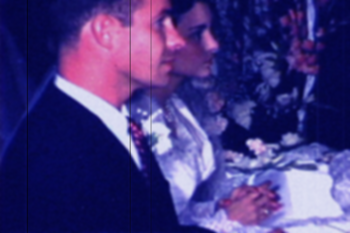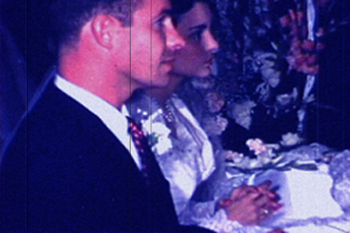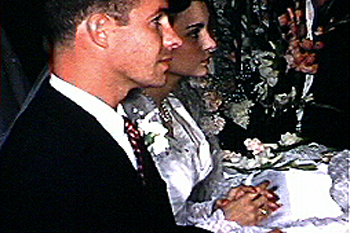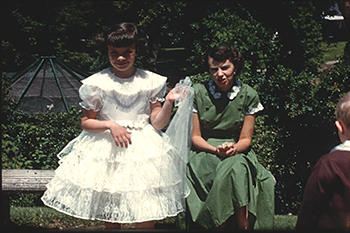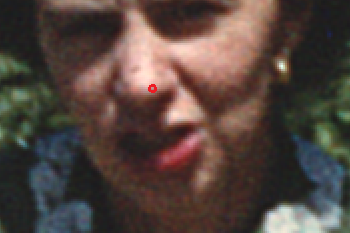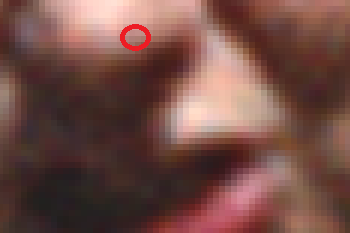
The first table shows how the same film looks using our 4 different processes. You can see that the difference can be significant for our Los Angeles customers.
The second table presents a case for scanning 8mm and Super 8 film at 2K resolution. In the past year we have done 20 comparisons. Contrary to popular belief, we do see a noticeable difference in quality between our Pro HD and Pro 2K process on 8mm and Super 8 film.
In general it is recommended that you scan at or above the resolution of the film. For 8mm and Super 8 that means scanning at HD or 2K.
8mm And Super 8 Film Los Angeles |
|
SD Scan
|
|
Pro HD Scan
|
|
Pro 2K Scan
|
|
Pro 4K Scan
|
|
Film Resolution |
|
Resolution of Film |
|
Film Grain
|
|
Film Grain vs Digital Pixel
|
|
So, for example, if you are looking for the best quality DVD, scan your 8mm or Super 8 at HD. If you are looking to go to BluRay then scan your 8mm or Super 8 at 2K.
Los Angeles Fun Facts: Lockheed and Douglas aerospace plants in the area during World War I and the development of the motion picture industry in the 1920s both helped create a population explosion. Today, metro Los Angeles is the nation's largest manufacturing area, home to one of its busiest ports, the distribution hub of the west coast and a gateway to Asia. LA is the entertainment capital of the world, with most of the country's major motion picture, television and recorded music operations based there. The city's humongous metropolitan area is the second-largest in the country, with over 14,000,000 people spread over a land area the size of Maine.
California Fun Facts: With millions of acres of farmland, California leads the U.S. in agricultural production. The state is also home to famous cultural institutions and national parks including: Hollywood, Disneyland, Yosemite National Park, Alcatraz, Angel Island and the Golden Gate Bridge. The first Spanish missionaries arrived in California in the 1700s, but California didn’t become a U.S.
